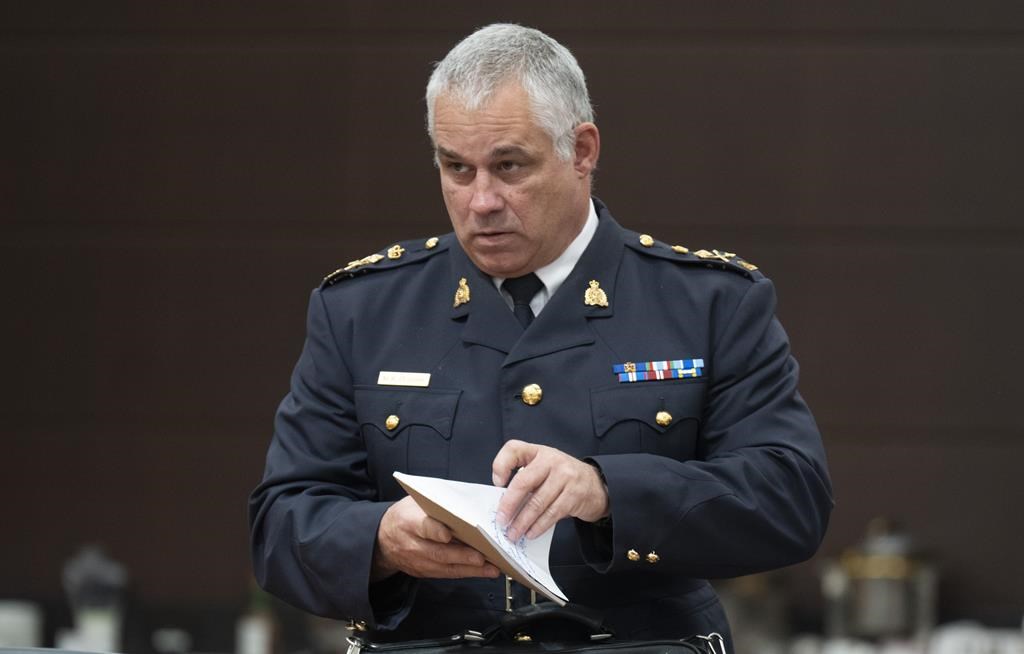Video of student-on-student St. Mike’s sexual assault could be thrown out as evidence
Posted March 30, 2021 7:31 pm.
It’s disturbing video that launched a massive investigation and made headlines across the country. Now, that very video could be thrown out of court.
It was Nov. 2018 when CityNews first broke the story of a student-on-student sexual assault with a broomstick inside Toronto’s prestigious St. Michael’s College School.
Three former students already pleaded guilty and were convicted.
A fourth young male pleaded not guilty. Today at his hearing, the admissibility of the disturbing recording as evidence at the trial was front and centre.
The incident was recorded on a cell phone but according to the defence, the video shouldn’t be allowed as evidence because the Crown hasn’t proven to the court who took the video.
It was shared by dozens of students and a copy of the video was eventually emailed to the school’s former principal, who then shared it with police.
Criminal defence lawyer Geary Tomlinson told the court today, “The Crown has significant authentication problems. Specifically, there’s nothing that details how the information was extracted. The cellphone video came from an anonymous source.”
If the judge sides with the defence, lawyer Colleen McKeown believes the Crown’s case becomes challenging.
“Video evidence can be really powerful evidence. Especially, if it’s depicting a sexual assault,” said McKeown. “But many cases are proven without any video to corroborate witness testimony. It can be very powerful if it is admissible, but it doesn’t mean the case can’t be proven without it.”
Defending the use of the video as part of the Crown’s case, prosecutor Sarah De Filippis told the court, “In this case, your honour has to decide if the authenticity and best evidence rule tests have been met and your honour then has to decide the context of the evidence that has been presented.”
In a separate youth court hearing, one of the three teenagers who pleaded guilty admitted to taking the 22-second video and was convicted of making child pornography by recording the sexual assault.
However, evidence deemed admissible in one case does not mean it can be automatically used in a separate trial.
The Crown has thus far elected not to call any of the previously convicted teenagers to the testify at this trial.
McKeown says that “before this piece of evidence is admissible, the Crown would have to authenticate it or at least satisfy the judge that it is what the Crown says it is. There are different ways of doing that, but one way certainly would be to have the person who took the video say ‘Yes, that’s the video that I took’.”
For reasons unknown, the Crown hasn’t taken that step and now a key piece of evidence, and potentially the fate of the trial, hang in the balance.
The identities of the accused, the victim and those already convicted are protected under the Youth Criminal Justice Act.
The accused teen has pleaded not guilty to two counts of gang sexual assault, two counts of sexual assault with a weapon and assault with a weapon.
Justice Manjusha Pawagi will decide if she will allow the video as evidence at the trial before the next court date, which has been set for April 20 at 10 a.m.










